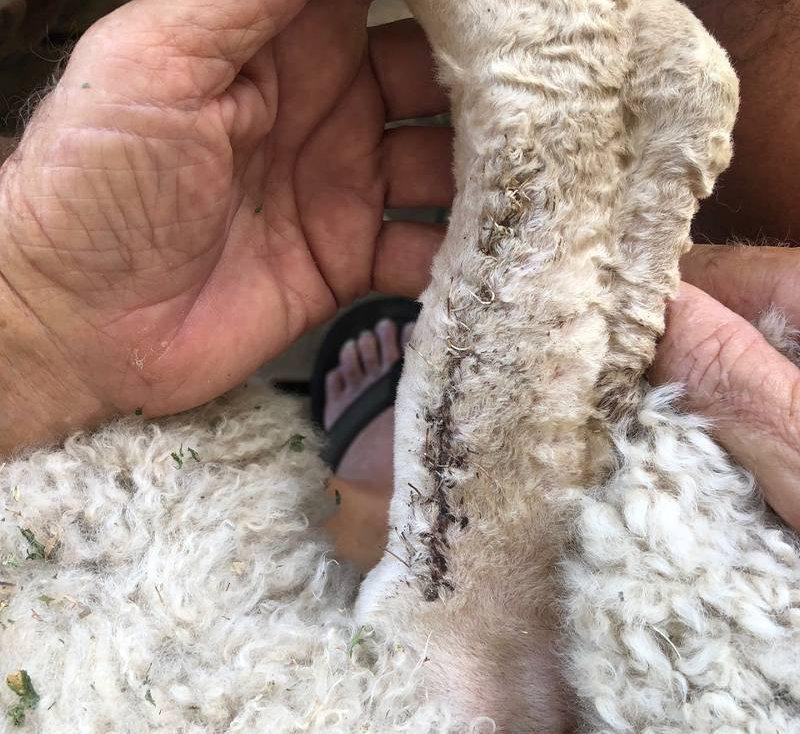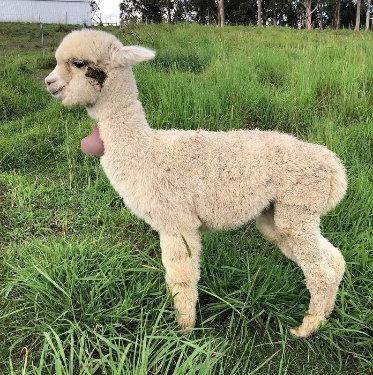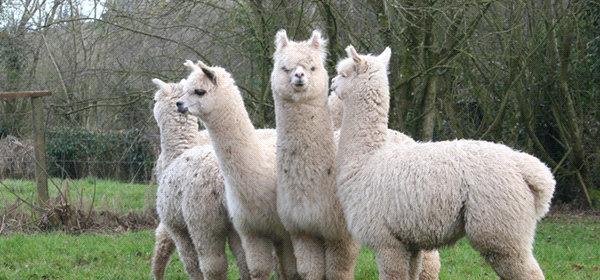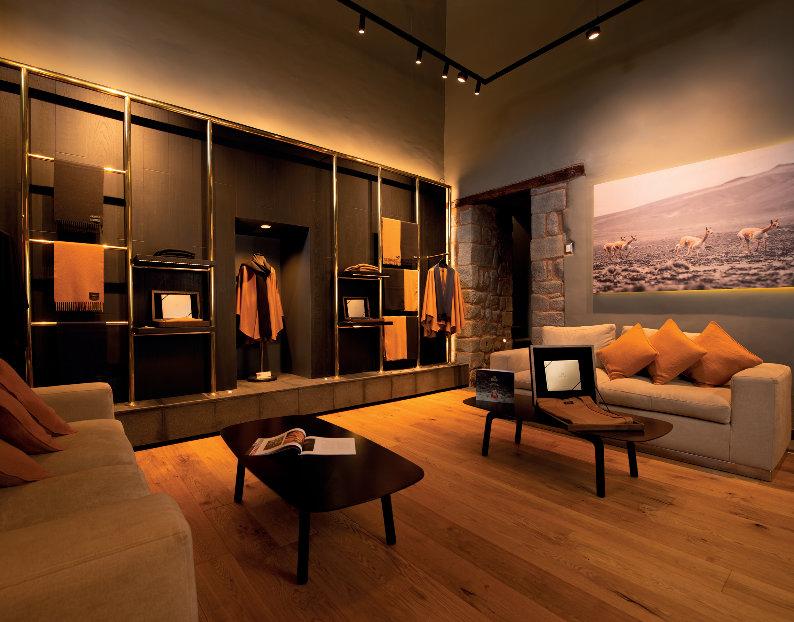
6 minute read
Big Sky Stallone’s Broken Leg
By Michelle Malt - Big Sky Alpacas
Stallone was born to a maiden female a few weeks earlier than expected, based on ma�ng dates, so I had been monitoring him fairly closely. We had another male cria a few days younger, in addi�on to two female cria (one orphaned), and the maternity group also comprised a couple of tui females. Our orphaned cria was s�ll on bo�le feeds, and I had been ‘topping up’ Stallone with the occasional bo�le as he hadn’t been gaining weight at a rate I felt comfortable with.
Advertisement
It was mid December, when stormy weather is not uncommon. The group had access to a shed, but it was a �ght fit for everyone to be undercover. The previous night there had been a storm, and my mother-in-law had reported that each of our herd groups had taken shelter during the storm. Having been away for a couple of days, I was keen to check on Stallone, and as I walked into the paddock he wasn’t in a hurry to stand, which concerned me even further. I assisted him, and then I no�ced that he wasn’t bearing any weight on his le� hind leg, and it appeared to be “swinging in the breeze”. I knew that this was not normal, so I carefully gathered him up, placed him on a dog bed in the back of my car, and called the vet surgery as I drove from the shed to the house. We are located just over an hours drive from our vet surgery, so we determined an approximate arrival �me, and my father-in-law drove the car while I nursed Stallone, suppor�ng his leg as best I could.
I had decided to purchase “The Glove Box Guide to Alpacas” by Dr Jane Vaughan as a Christmas present for our vet prac�ce, and as luck would have it, it had arrived in the mail that day. I took it into the surgery with Stallone, and explained to our consul�ng vet that it was their Christmas present, and I thought it might come in handy that day (it did!). A�er an examina�on and several X-rays, it was determined that Stallone’s leg was broken. We discussed op�ons: to splint and bandage (not recommended as suitable given the limb could not be immobilised); surgery to repair –which had not been performed on an alpaca at our surgery before, but they were prepared to try; and referral to a specialist – with some uncertainty as to whether the referral prac�ce would a�empt surgery on an alpaca.
I made a few phone calls to fellow breeders to seek advice on whether they had been through similar experiences, and if so, what the outcome had been. I didn’t want to put Stallone through surgery and recovery if a successful outcome was unlikely, and yes, cost was a considera�on too.
I’d like to thank Natasha Clark from Kurrawa Alpacas for her advice, and for recalling that Margaret Hassall from Double-H Alpacas had some experience in this type of injury, and fortunately I was able to speak to Margaret quickly and she advised there had been several successful recoveries from broken legs – rear and front legs – in their herd over the years.
The decision was made to proceed with the opera�on, and with some trepida�on, we le� Stallone at the vet surgery and travelled home. (Mind you, he was in safe hands, and receiving lots of a�en�on.)
On arriving at the surgery I was taken through to see Stallone and was given an update on what had transpired during and post surgery. It was a relief to see him awake, and spor�ng a bright wrap bandage on his leg. Phil advised on recovery and medica�on requirements, and we headed home.
Having no idea how Stallone had broken his leg, I was apprehensive about leaving him with his dam, as one possibility was that she had kicked him. (The other op�ons were general larking about with the other cria, or that he had been accidentally stood on in the shed while the herd was sheltering from the storm.). I am pleased to report that his dam was incredibly pa�ent with him, although she did not appreciate being confined to a small area (necessary to keep him rela�vely immobile while the leg healed), although the addi�onal food ra�ons provided her some consola�on. A�er a few days we would allow her access to the adjacent paddock while keeping Stallone confined, which worked well. I no�ced that he was able to nurse from her, and that when he was si�ng, he would prop the broken leg out to the side. I had purchased a pet playpen for our orphan cria a few months previously, and we put Stallone in this on the grass during the day to give him some sunshine and allow his dam to graze. Administering his medica�ons was easy enough, and his an�-inflammatory medica�on was followed by a bo�le to ensure it wasn’t on an empty stomach.


On Christmas Eve we took him back to the surgery for a follow up, his mobility was good and he was bearing some weight on the leg, however it was decided to leave the s�tches for a few more days and we would remove them at home. Removing the s�tches went smoothly, and we con�nued his an�-inflammatory medica�on un�l his next check up on 10 January, when a further X-ray confirmed that the break was beginning to heal. He came home to a further period of confinement with his dam, un�l his further check up on 24 January. I had been weighing him to ensure he was gaining weight, and providing supplementary bo�le feeds. At this check up he had the pin removed, and it was a nervous wait to hear that he had woken from the anaesthe�c.

On return home Stallone was able to move around freely, although he did appear to be slightly favouring his injured leg. He remained confined in a small, flat paddock with his dam, and away from the other cria. In March he and his dam returned to the maternity herd, and although his broken leg had shorter fleece, as a result of being shorn for the surgeries, he showed no favouring of the leg or restric�on of movement.
At shearing �me in early September we restrained him by his legs as would normally be done, however my husband held his rear le� leg so that he couldn’t move it excessively and it was supported. He showed no change in movement a�er shearing.


Stallone today resides with the other boys and has grown out well. He will hopefully make his show debut this year, now that there is no obvious variance in fleece length on his legs.
Of course, once you are aware of something it becomes more common, and other breeders also shared stories of broken legs on Facebook, which helped me realise we had probably been lucky. I believe his young age at the �me of the break and his recovery also contributed to a good outcome. I’m incredibly thankful for the excellent care Stallone received from all of the staff at Casino Vet Clinic, and the support and advice I received from fellow breeders.











